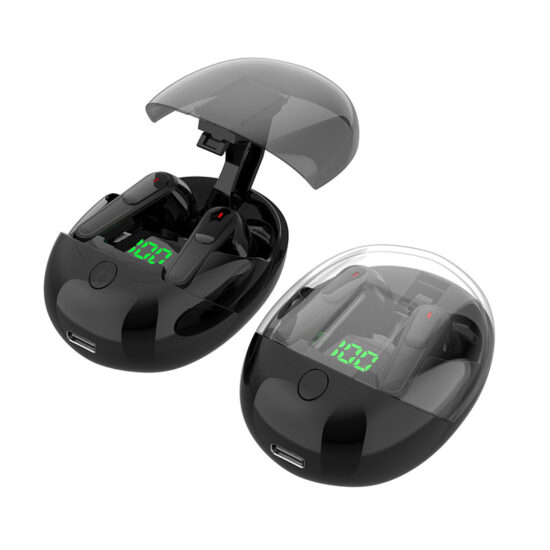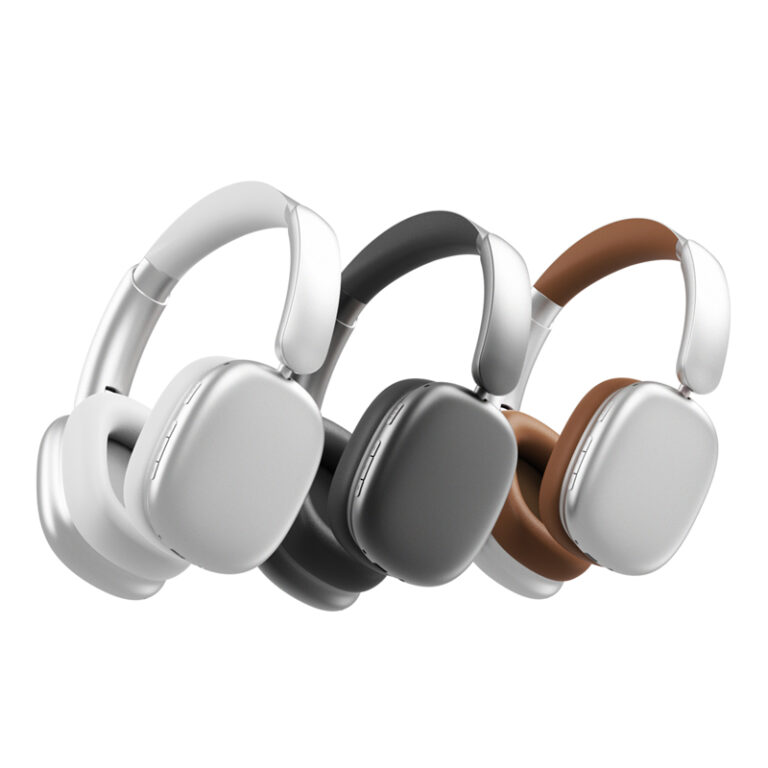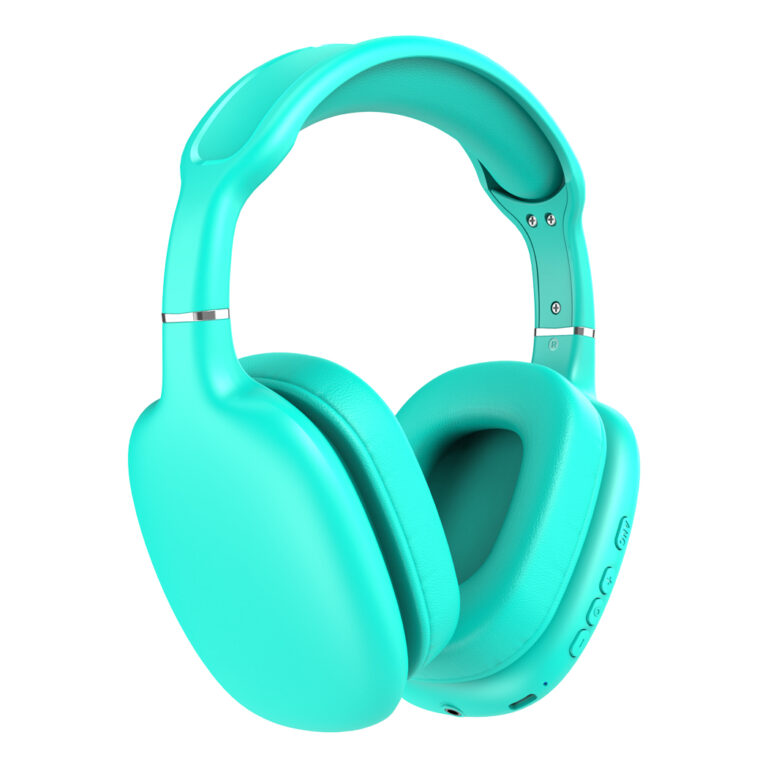jay@nbdho.com
How to Prepare Headphones Properly for Long-Distance Shipping
Shipping headphones over long distances requires careful preparation to ensure they arrive safely and undamaged. Whether you are an online retailer, manufacturer, or individual sending valuable headphones, proper packaging and handling are crucial to protect these delicate electronic devices. Below are detailed steps and tips to prepare headphones for long-distance shipping effectively.
1. Clean and Inspect the Headphones
Before packing, thoroughly clean the headphones and inspect them for any existing damage. Remove any dust, dirt, or earwax from ear pads and headbands using a soft cloth or appropriate cleaning solution. Check cables, connectors, and moving parts for wear or defects. This ensures that customers receive a clean, fully functional product and helps avoid disputes over damages incurred before shipping.
2. Use Protective Packaging Materials
Proper cushioning is vital to protect headphones from shocks and vibrations during transit. Wrap the headphones in soft, anti-static bubble wrap or foam sheets, paying special attention to vulnerable parts like ear cups, headbands, and detachable cables. Using a layer of foam or thick bubble wrap reduces the risk of scratches and absorbs impact. Avoid using newspaper or thin paper as it offers inadequate protection.
3. Choose the Right Shipping Box
Select a sturdy, appropriately sized cardboard box to hold the headphones and protective materials securely. The box should provide at least 2–3 inches of padding around the product after packing. Boxes that are too large may allow the headphones to shift during transit, increasing the risk of damage. Conversely, boxes that are too small can cause pressure and deformation. Double-walled boxes offer better durability for long-distance shipping.
4. Secure Loose Components and Accessories
If your headphones come with accessories such as cables, chargers, or carrying cases, pack these separately within the box using small padded bags or wraps. Secure loose items tightly to prevent movement that could cause damage. Label and organize components clearly to avoid confusion upon delivery. Detachable cables should be coiled neatly and protected to prevent tangling or breakage.
5. Seal and Label the Package Properly
Seal the shipping box with strong packing tape along all seams and edges to reinforce the structure. Use at least three layers of tape to ensure the box remains closed under pressure. Clearly label the package with shipping and return addresses, and include “Fragile” or “Handle with Care” stickers to alert handlers. Providing tracking information and insurance can offer added security and peace of mind during transit.
6. Consider Environmental Conditions
Long-distance shipments may encounter varying environmental conditions such as temperature fluctuations, humidity, or rough handling. To protect sensitive electronics, consider using moisture-absorbing packets inside the package to reduce humidity. Avoid shipping during extreme weather conditions when possible, and choose reliable carriers known for careful handling of fragile goods.
7. Test Packaging Before Final Shipping
If shipping multiple units regularly, perform a test shipment to evaluate your packaging effectiveness. Monitor the condition of the headphones upon arrival and adjust your packing materials or methods as needed. Continuous improvement in packaging ensures consistent delivery of products in perfect condition and enhances customer satisfaction.





